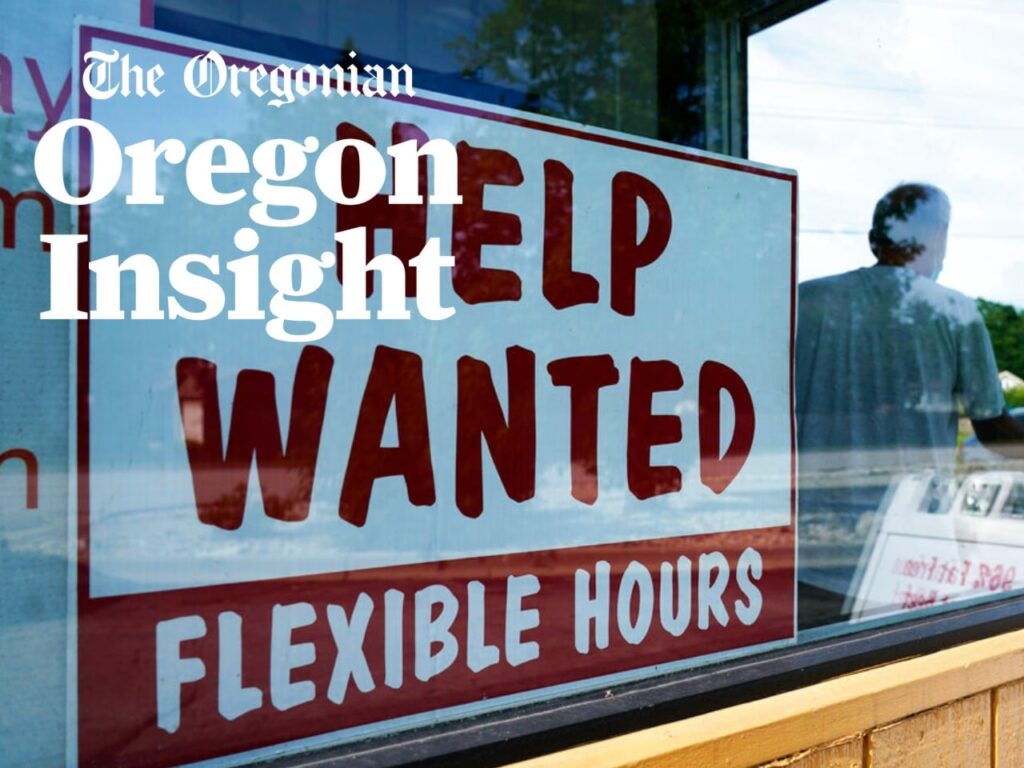The number of Oregonians working part-time jobs hit its highest point in a decade last year, another sign the state’s labor market is cooling off.
Nearly 23% of Oregon workers had part-time jobs last year, up 4 percentage points from 2022. The share of people working part time rose nationally, too, but not nearly as fast. That’s according to
a new report
by Henry Fields, a workforce analyst for the Oregon Employment Department.
Many take part-time jobs by choice, preferring shorter shifts or more flexibility. But the rise in part-time employment may also reflect fewer job opportunities.
Oregon’s unemployment rate has been steadily rising for the past two years and is now approaching 5%, its highest point since the pandemic. Meanwhile, the number of job openings in the state has fallen by more than half since 2022, to around 50,000.
Neither figure is out of line with historical standards, and Oregon’s job market remains relatively strong. But the trends all point to fewer professional opportunities.
“Job growth has been slightly slower than in the U.S. for the last several years, and we have a slightly more slack labor market and less hiring demand in Oregon,” Fields said.
Oregon’s rate of part-time work has long been higher than the nation’s. That reflects structural differences in the state’s labor market, according to Fields, and perhaps demographics, too.
“We have comparatively more employment in health care and other services, which tend to employ many people part time,” Fields said. “Health care in particular is also where a lot of Oregon’s job growth is concentrated in recent years.”
Oregon’s population
skews older
, too, and so does its workforce. Fields said that having more workers over age 65 could be affecting the overall share of part-time workers.
“They’re one of the fastest growing workforce demographics,” he said, “with a high rate of part-time work.”
This is Oregon Insight, The Oregonian’s weekly look at the numbers behind the state’s economy.
View past installments here
.





More Stories
More Oregon workers are part time as labor market cools
More Oregon workers are part time as labor market cools
More Oregon workers are part time as labor market cools